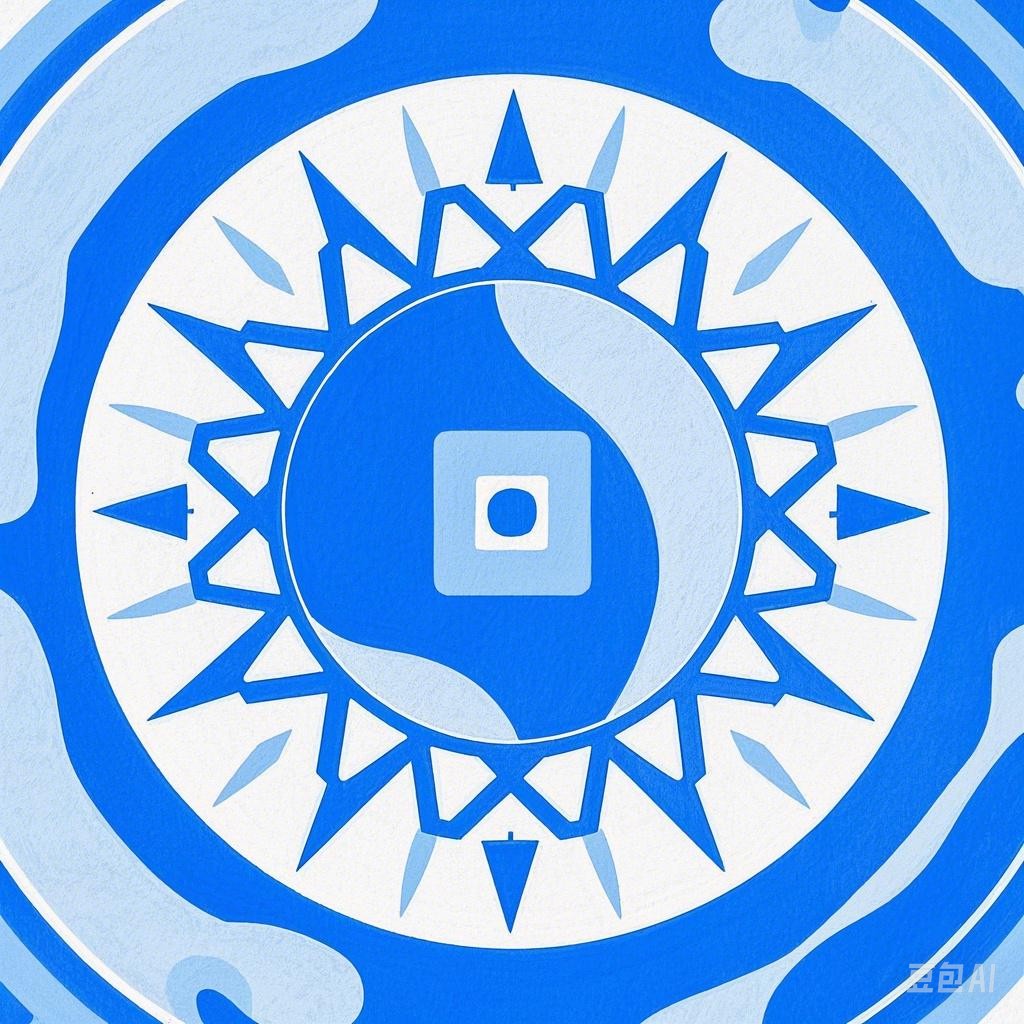Introduction
India, a land of diverse cultures and traditions, is renowned for its vibrant and colorful festivals. Each festival is a celebration of life, culture, and spirituality, reflecting the rich tapestry of India’s heritage. This article aims to unveil the magic of some of India’s most famous festivals, highlighting their significance, rituals, and the colors that make them unique.
Holi: The Festival of Colors
Significance
Holi, also known as the Festival of Colors, is one of the most popular festivals in India. It marks the arrival of spring and is celebrated with great enthusiasm across the nation. The festival is a symbol of joy, love, and the victory of good over evil.
Rituals
- Holika Dahan: The festival begins with the burning of Holika, a representation of evil. This ritual is performed to signify the triumph of good over evil.
- Rangwali Holi: The main event of the festival is the throwing of colored powders (gulal) and colored water on each other. People visit friends and family, sharing sweets and treats.
Colors
The colors used during Holi are vibrant and have symbolic meanings:
- Red: Represents fertility and love.
- Blue: Signifies the divine presence.
- Yellow: Symbolizes happiness and prosperity.
- Green: Represents new beginnings and nature.
Diwali: The Festival of Lights
Significance
Diwali, also known as Deepavali, is a five-day festival that celebrates the victory of good over evil, light over darkness, and knowledge over ignorance. It is also a time to honor Lord Rama, his wife Sita, and his brother Lakshmana.
Rituals
- Diyas: Homes are decorated with lamps and candles, symbolizing the victory of light over darkness.
- Puja: Special prayers are offered to deities, including Goddess Lakshmi, the goddess of wealth and prosperity.
- Fireworks: Fireworks are set off to celebrate the festival.
Colors
Diwali is known for its bright and warm colors, which include:
- Red: Represents prosperity and fertility.
- Gold: Symbolizes wealth and richness.
- Green: Signifies new beginnings and nature.
- Yellow: Represents happiness and joy.
Eid-ul-Fitr: The Festival of Ramadan’s End
Significance
Eid-ul-Fitr marks the end of Ramadan, the holy month of fasting for Muslims. It is a time of joy, celebration, and gratitude for the blessings received during the month.
Rituals
- Salat-ul-Eid: Muslims gather for a special prayer to thank Allah for the strength to fast throughout Ramadan.
- Sehri: A meal is prepared before the fast breaks, consisting of various dishes, including biryani, biryani, and sweets.
- Iftar: The fast is broken with a meal that includes a variety of dishes, such as biryani, biryani, and sweets.
Colors
Eid-ul-Fitr is celebrated with bright and lively colors, including:
- Green: Represents the Prophet Muhammad’s favorite color.
- Red: Symbolizes happiness and joy.
- Gold: Signifies wealth and prosperity.
Ganesh Chaturthi: The Festival of Lord Ganesha
Significance
Ganesh Chaturthi is a festival dedicated to Lord Ganesha, the elephant-headed god of wisdom, prosperity, and good luck. It is celebrated with great fervor in Maharashtra and other parts of India.
Rituals
- Murti Puja: A clay idol of Lord Ganesha is installed in homes and temples.
- Puja: Special prayers and rituals are performed to honor Lord Ganesha.
- Visarjan: The idol is immersed in a river or lake, symbolizing the god’s return to his abode.
Colors
Ganesh Chaturthi is celebrated with a variety of colors, including:
- Green: Represents Lord Ganesha’s favorite color.
- Yellow: Symbolizes prosperity and good luck.
- Red: Signifies joy and celebration.
Conclusion
India’s festivals are a testament to the country’s rich cultural heritage and the vibrant spirit of its people. From the vibrant colors of Holi to the illuminating lights of Diwali, these festivals offer a glimpse into the magical world of India. By celebrating these festivals, people come together to honor their traditions, share joy, and express their gratitude for life.
